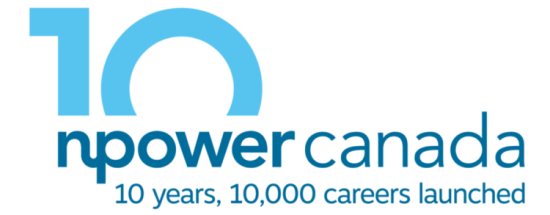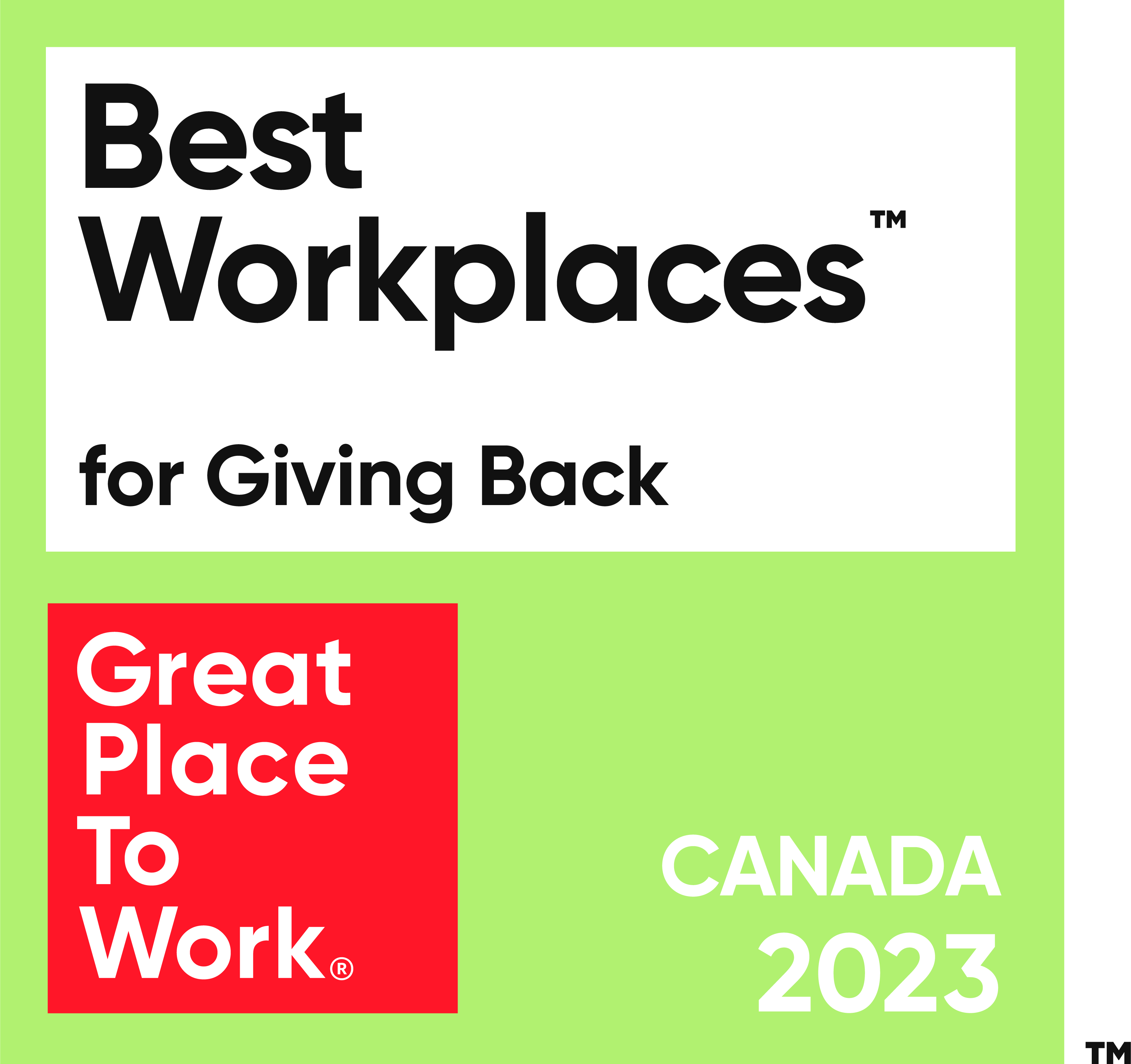By Julia Blackburn, Oct 18, 2023
In the third quarter of 2022, there were nearly one million job vacancies in Canada. To address the growing rate of unemployment, and slow population growth rates, the Government of Canada plans to welcome 465,000 permanent residents in 2023, 485,000 in 2024 and 500,000 in 2025. This ambitious plan aims to boost Canada’s workforce and drive economic prosperity. However, for it to be successful, workforce development programs must concentrate on the successful integration of newcomers into the Canadian workforce.
Navigating the current landscape
The challenge lies not in a shortage of skilled immigrants, but in labour market challenges that prevent newcomers from successfully integrating into the economy. A 2017 Conference Board report underscores the staggering impact of underemployment, costing immigrants up to $12.7 billion in wages each year. Scotiabank research (2022) finds that two-thirds of newly arrived immigrants hold university degrees, but their potential is unrealized in positions that do not leverage their expertise and education.
Despite the impressive accreditation and experience newcomers bring, their lack of Canadian education and experience often leaves them unable to secure a job in their field. As identified by the Panel on Employment Challenges of New Canadians, the biggest barriers faced by immigrants were:
- lack of or difficulty obtaining Canadian work experience;
- difficulty getting their foreign experience and education recognized; and
- perceived employer bias against hiring immigrants.
Other issues included a lack of social and professional networks, and challenges related to cultural adaptation.
While newcomers bring skills, experiences and perspectives that could greatly benefit Canada’s work landscape, and contribute to a more equitable and diverse workforce, these challenges need to be addressed for Canada’s immigration efforts to help combat the labour shortage successfully.
3 imperatives to reshape workforce development
1. Amplifying professional development for newcomers
As many immigrants come to Canada with impressive degrees and experience, a critical facet that workforce development programs can offer is insight into Canadian workplace norms and expectations. Workshops that focus on professional development, covering topics such as professional communication, interview skills, resume crafting and personal branding, empower Canadian newcomers to articulate their transferable skills and demonstrate the value of their existing experiences.
Tailoring professional development programs to the needs of immigrants can further facilitate their integration into the Canadian workforce. Recently, NPower Canada partnered with the Immigrant Employment Council of BC to deliver their ASCEND program to NPower Canada’s newcomer alumni. The ASCEND program narrows in on what Canadian employers really expect from their hires. By tailoring professional development to the unique needs of newcomers, NPower Canada alumni can more seamlessly integrate into the Canadian workforce.
2. Fostering networking opportunities
A lack of social and professional networks presents an obstacle for new Canadians. In today’s job market, meaningful connections are pivotal for jobseekers’ career growth – and are especially crucial for newcomers who are adapting to a new environment and culture. Workforce development programs should provide opportunities for participants to establish relationships with peers, mentors and potential employers. This not only forges a sense of community and collaboration, but also extends their support network beyond formal training.
To provide networking opportunities, NPower Canada’s tech training program incorporates guest speaker events and speed networking events, where newcomers can practise their networking skills and connect with experts from some of Canada’s top employers. These events also provide newcomers with insight into Canadian job tips and workplace expectations. Moreover, NPower Canada has a 1:1 mentorship program, where participants are matched with professionals with similar backgrounds or experiences. Newcomer participants are often matched with professionals who have also immigrated to Canada and can help guide the mentee as they navigate their new country.
3. Forging strategic partnerships with employers
Despite Canada’s job vacancies, many newcomers are unemployed or underemployed. Employers often lack the means to look outside traditional sources to find talent, and fail to leverage the untapped pool of newcomers. Establishing robust partnerships with employers allows workforce development programs to connect newcomers with employers, enabling a direct talent pipeline.
In collaborating closely with employers, workforce development programs can gain valuable insights into industry demands, skill requirements, and job trends. This knowledge can lead to tailored training initiatives that align with the needs of the job market, ensuring that newcomers are equipped with the skills and knowledge sought by employers.
NPower Canada believes that these partnerships are the secret sauce for workforce development innovation, and we leverage evaluation surveys and regular touchpoints with employer partners to ensure our programs are equipping newcomers with relevant skills that complement their experiences and education. NPower Canada is also able to provide employers with training and recommendations to ensure their hiring practices and work environments are inclusive and equitable.
Championing integration for newcomer success
Aligning workforce development programs with the needs of newcomers presents an innovative solution to Canada’s job vacancies. By successfully integrating newcomers into the Canadian workforce, both newcomers and employers benefit. By incorporating professional development and networking opportunities into workforce development programs, and forming partnerships with employers, we can support newcomers to overcome barriers to entering the Canadian workforce and simultaneously combat the national talent shortage.



